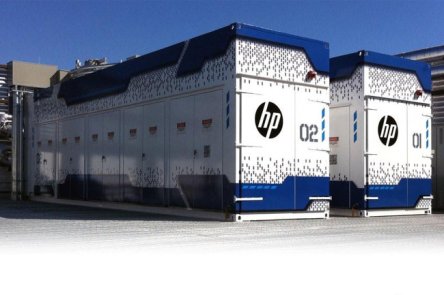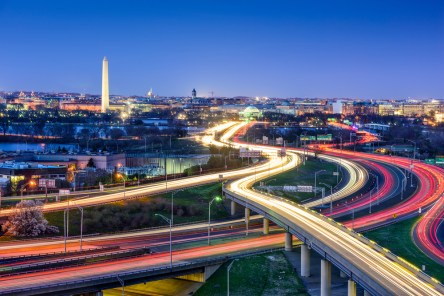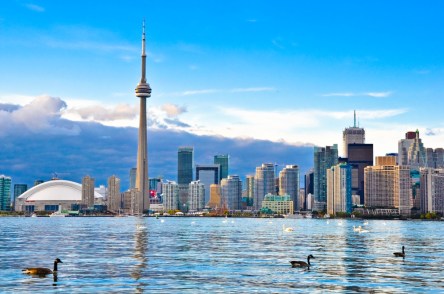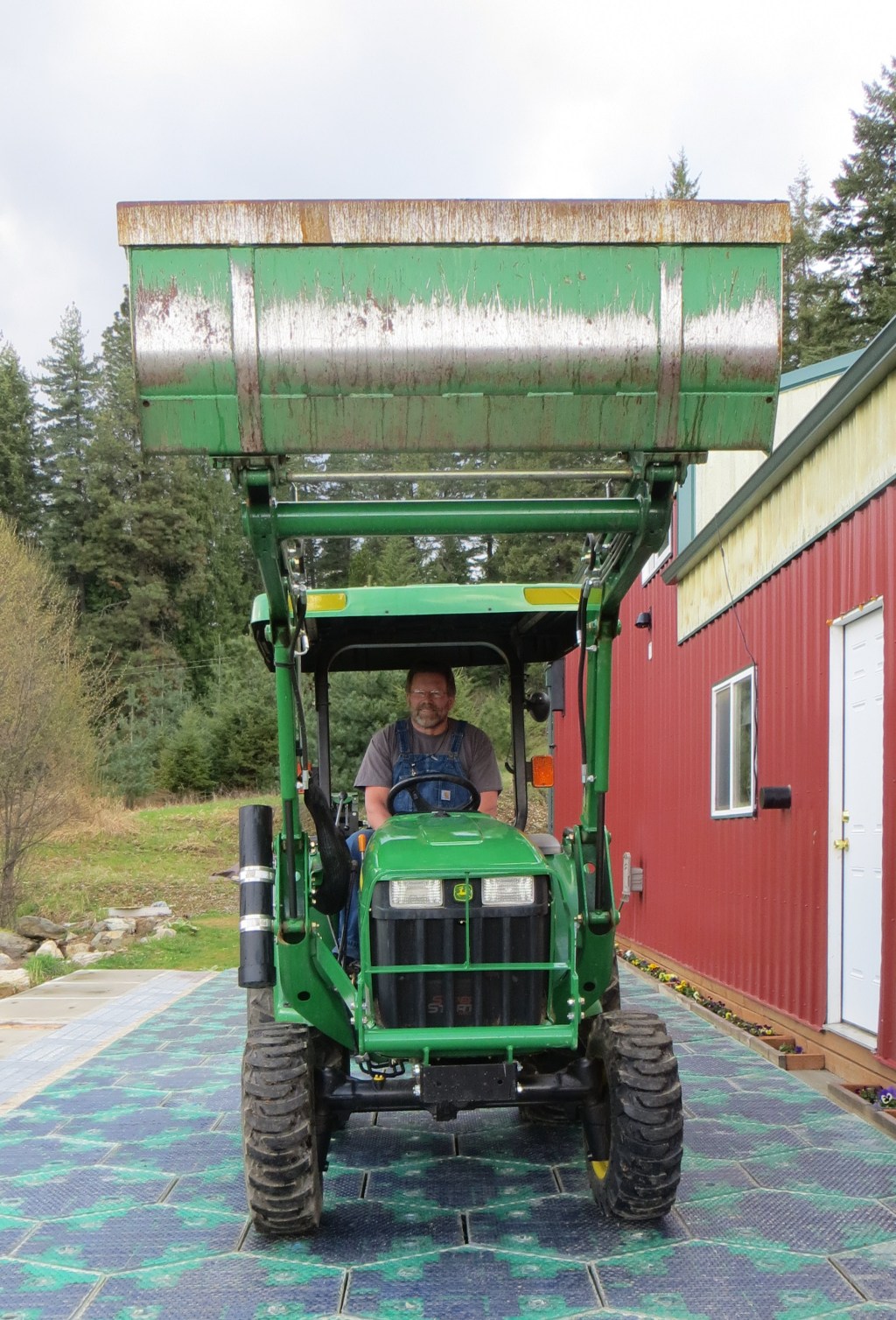Modular data centers are one of the latest innovations in the IT world. In many cases, they are capable of increasing business productivity while reducing costs. We went looking for answers to some common questions about these data centers and what implications they have for the future. So, what is a modular data center? A modular data center, unlike a traditional data center, can be defined as a portable method of deploying data center capacity anywhere and everywhere it is needed. It incorporates contained units and standardized deployment options that give you flexibility and scalability. What’s so important about these ‘mobile facilities’? Modular data centers are designed for rapid deployment, are energy efficient and high-density computing systems that deliver services at lower costs than traditional construction methods, as well as reducing the construction time from years to a matter of months. In what kind of shape or form are these data centers available? Modular data centers typically come in two forms: The more common type, referred to as containerized data centers or portable modular data centers, fit data center equipment into a standard shipping container, which is then transported to a desired location. Containerized data centers typically come outfitted with their own cooling systems. For example, Cisco’s Containerized Data Centers fit in to this category. The other form of modular data center fits data center equipment into a facility composed of prefabricated components that can be quickly built on a site and added to as capacity is needed. HP’s version of this type of modular data center, Flexible Data Center, is constructed of sheet metal components that are formed into four data center halls linked by a central operating building. Modular data centers can be defined as more of an approach to a design...
No AC, Just DC
Washington's Microgrids
By eliminating the need to convert DC electricity to AC voltage for commercial and residential use, a new generation of Microgrids is set to upend the traditional energy infrastructure. While Edison beat Tesla in the first go-around, the latest battle of the voltage could have an entirely different outcome. Alternative power sources and smart fixtures provide much of the fodder for energy efficiency strategies, but one elephant in the room is AC/DC conversion. Currently, AC/DC conversion results in a 20% energy loss, not insignificant when you consider residential and commercial buildings consume 65% of all energy generated. By eliminating that conversion loss, DC microgrids are poised to significantly impact energy use and generation both in the US and internationally. Clean and Lean The benefits associated with DC microgrids include lower energy losses and an increase in utilization of onsite generation. DC microgrids are also more reliable and resilient, continuing to run unabated even as the grid goes down and power outages run rampant. And because DC microgrids ease the incorporation of onsite solar (and perhaps, someday, wind), there’s a significant reduction in greenhouse gas emissions and carbon footprint. Not only can DC microgrids improve energy efficiency and reduce reliance on the grid, they can also help buildings meet net zero energy standards. At the November 2015 Greenbuild Expo in Washington DC, the Net Zero Energy Pavilion highlighted many microgrid technologies. Completely solar powered, the pavilion’s photovoltaic panels connected directly to the building’s lighting and appliances in a powerful representation of DC microgrid potential. Work and Play Not only does the incorporation of DC microgrids improve energy efficiency, they provide greater resource management. By enabling partial (if not total) decoupling from the grid, DC microgrids allow building managers and residents to exert more control over...
Toronto
North America’s Greenest City
Toronto shines as North America’s greenest city according to the Sustainable Cities Index, coming in at a respectable 12th place out of 50 cities. It is the only Canadian city to make the list. European and Asian cities continue to dominate the top rankings each year but Toronto is poised for greater gains. The Arcadis Sustainable Cities Index analyzes 20 metrics in areas such as environmental impact, quality of life, and economic performance. Toronto placed 9th in environmental impact, 15th in quality of life and 18th in profits. A looming population boom may serve as the perfect motivation to improve the country’s environmental impact rating. Within the next 15 years, Toronto’s population is estimated to grow by 25 percent. Infrastructure is developing to meet the needs of the growing population: Ontario earmarked $130 billion over the next decade for new transit, roads, bridges, and similar projects. As part of this plan, GO bus and train lines are expanding services to James North, Stoney Creek, Hamilton, Georgetown South, Kitchener, Unionville and Agincourt. The Scarborough subway will bring additional services to the north by the end of summer 2016. Those improvements are only the first frontier. Premiere Wynne presented a challenge earlier this year for all levels of government to increase investment from 3-3.5 percent to 5 per cent of the nation’s $2 trillion gross domestic product (GDP). The bump in funding will be dedicated to infrastructure renewal each year. But even with adequate infrastructure to meet the needs of residents and visitors, one of the greatest challenges will be supplying the population with sustainable energy. The city currently has about 60 renewable energy installations. (That quantity is small scale compared to other cities of its size, though it’s better than other cities in North America.) The new hydro-powered Copeland Transformer...
Solar Roadways
Fast Lane to the Future
If you ever played with electric slot cars as a kid, this idea may resonate. An inventive couple has reimagined the world’s roads as the source of solar/electric power for vehicles. Think the idea is out there? Read on to find out what they’ve envisioned. With global warming in mind, Scott Brusaw (right, driving a tractor on a prototype parking lot built using the technology) and his wife Julie started working on the idea of replacing petroleum-based asphalt and concrete surfaces with a material that would capture solar energy. The hope was to find a way to reduce and eliminate coal-fired power plants. The result of their efforts is the Solar Roadways project. The focus was on building solar panels that could be walked upon and driven on, essentially producing solar-powered cases containing photovoltaic cells, with an exterior strong enough to protect the sensitive electronics inside. These unique panes would also store the collected solar energy. They’d be used to re-pave the roads, or any surface that soaks in the sun all day long, and would need to have some fantastic features: – to withstand the weight of an 18-wheeler; – to melt ice and snow; – to capture and send the extra energy to the cities. The answer? Perhaps surprisingly: Glass. Tempered and laminated glass with textured surface to avoid sliding. Furthermore, these cases would have LEDs to illuminate road signage and to advice the driver to slow down on the portions with increased risks, as well as heating elements to withstand snow and ice. Solar Roadways | Michéle Ohayon from Focus Forward Films on Vimeo. This might seem unrealistic, but the idea has been taken seriously. It received awards and nominations from GE, the World Technology Award, Google and the IEEE Ace...




